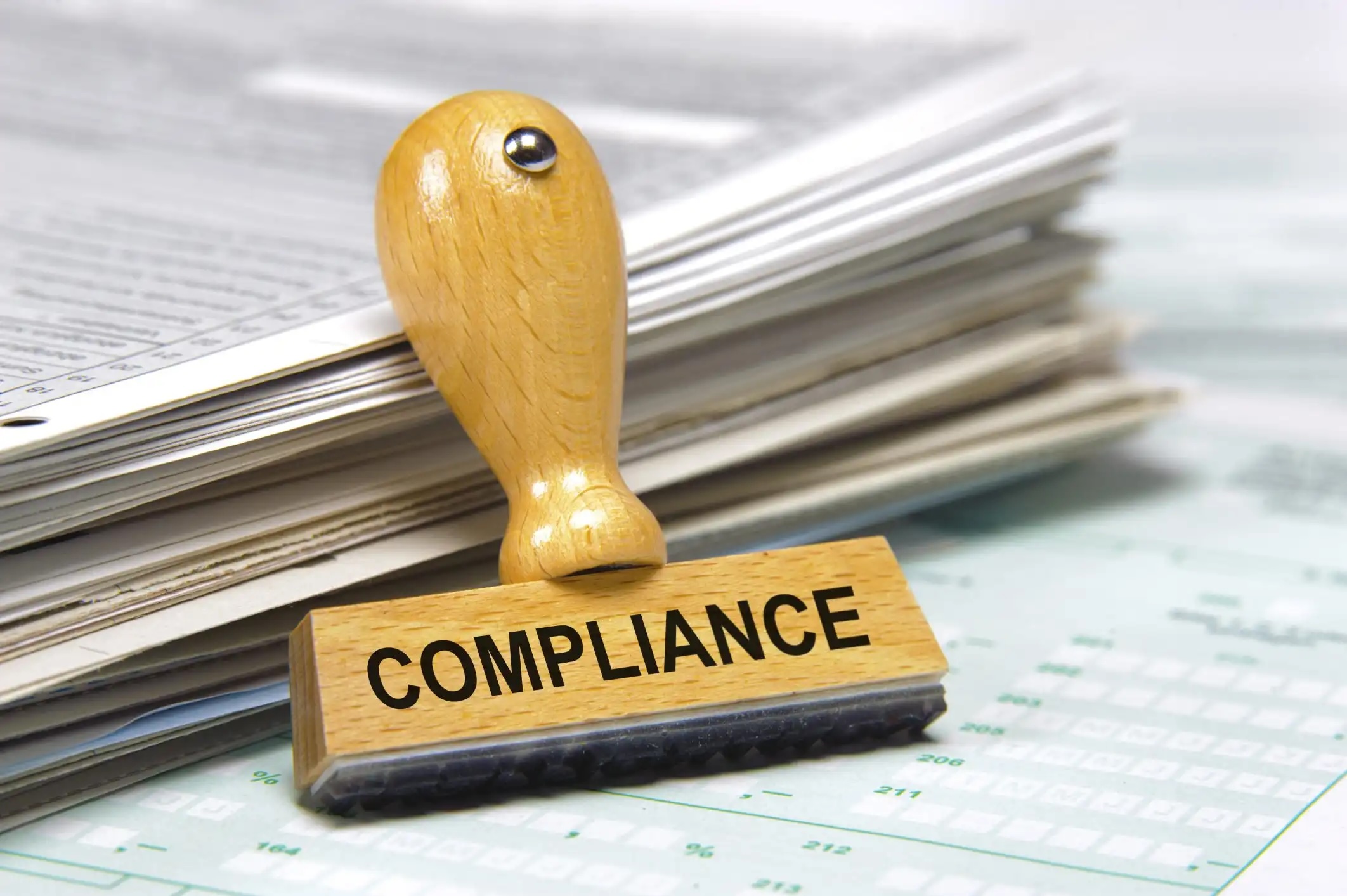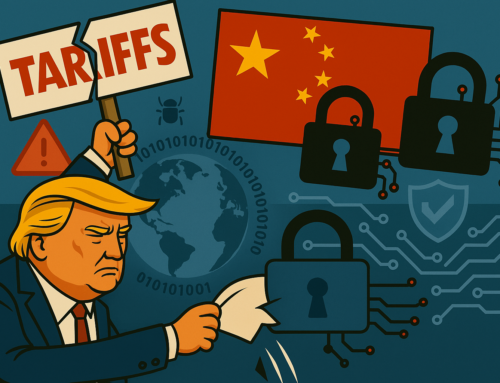As a dealership, you’re no stranger to the growing demands of regulatory compliance, especially with the FTC Safeguards Rule in full effect. But here’s a misconception that’s becoming all too common: Does compliance software make you compliant? Unfortunately, the answer is no. Think of it like this: Buying a shiny new set of tools doesn’t make you a master mechanic. The same logic applies to compliance—having the right tools is just the start, but it’s the expertise and hands-on work that keeps you compliant.
What Compliance Software Really Does
Compliance tracking solutions are powerful tools. They provide you with a checklist, a dashboard to help you track and ensure that the right steps are being taken to comply with regulatory requirements. It’s an essential component, no doubt.
But here’s where the misunderstanding happens: Many dealers believe that because they’ve invested in this software, they’ve covered all their bases. This belief leads to a false sense of security. Compliance isn’t just a “check-the-box” exercise. It’s an ongoing process that requires skilled, trained professionals to implement, monitor, and maintain a comprehensive information security program.
What Real Compliance Entails
To truly meet the requirements of the FTC Safeguards Rule (and other regulations), you need a lot more than software. A comprehensive information security program has several key elements that software alone cannot manage. Here are some of the essentials that must be executed by trained experts:
- Qualified Oversight
You need a designated individual to oversee the security program and report annually to dealership management. This person ensures that every aspect of the program is functioning and addresses gaps before they turn into problems. - Incident Response Planning
When a cybersecurity incident occurs, a proper response plan is vital. Software might help you detect an issue, but it won’t handle the detailed response and recovery procedures required to contain and resolve a breach. - 24/7 Threat Monitoring, Hunting, and Response
Cyber threats are always evolving. To stay ahead, you need constant monitoring, threat hunting, and response—something that requires human expertise to interpret alerts, analyze risks, and react in real-time. - User Account Management
Properly managing user accounts, particularly controlling who has access to what, is crucial for maintaining security. Automation can help, but ongoing attention from IT and security professionals is required to ensure that accounts are set up and managed correctly. - Strategic Network Architecture
A well-architected network provides the foundation for securing your dealership’s IT infrastructure. Proper segmentation, access control, and network monitoring must be designed and implemented by experts to minimize exposure to potential threats. - Configuration Management and MFA
It’s not enough to enable Multi-Factor Authentication (MFA)—it must be implemented correctly across your systems and accounts. Configuration management ensures that your settings, both on-premise and in the cloud, are secured against vulnerabilities. - Device Lifecycle Management
From the moment devices are deployed to the day they are decommissioned, skilled professionals must manage their security, including updates, monitoring, and secure disposal. - Security Patching
Unpatched systems are a hacker’s best friend. Timely and correct patching requires a dedicated team that knows your network, can test patches before deployment, and makes sure they’re applied across all devices. - Data Backup and Testing
Regular data backups are vital, but they’re only effective if tested regularly. Skilled IT professionals need to ensure that backups are functional and can be restored quickly if needed. - Encryption
Encryption of sensitive data, whether in transit or at rest, must be managed by experts to prevent unauthorized access. Encryption settings, algorithms, and key management are all areas that require proper oversight. - Vulnerability and Penetration Testing
Continuous vulnerability assessments and penetration tests are necessary to find and fix weaknesses. However, the results of these tests require professional interpretation and remediation prioritization—a task far too complex for software alone to manage.
Why the Human Element Matters
Software solutions are an indispensable part of the equation. They automate, track, and simplify many of the processes required for compliance. But true compliance, particularly when it comes to the FTC Safeguards Rule, relies heavily on the skills of trained professionals who can properly implement, monitor, and manage your information security program.
Without the human element—those experts who can oversee the intricate details of your security posture—your dealership remains vulnerable. Compliance is not just about meeting today’s requirements, but continuously adapting to new threats and regulations.
The Bottom Line: Don’t Rely Solely on Software
The idea that compliance software makes you compliant is a dangerous myth. Compliance is a living, breathing process that requires constant attention, expertise, and action. The optimal approach is one where the “human element” is tightly integrated with your compliance solution. This way, you can leverage the software to track and document your compliance efforts while benefiting from the hands-on expertise and insight of professionals who ensure those efforts are effective and aligned with regulatory standards.
If you’re serious about protecting your dealership, its data, and its reputation, it’s time to stop viewing compliance as a checkbox and start investing in the resources that truly safeguard your business.








